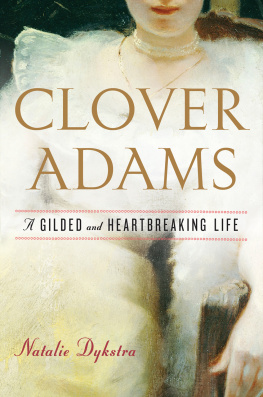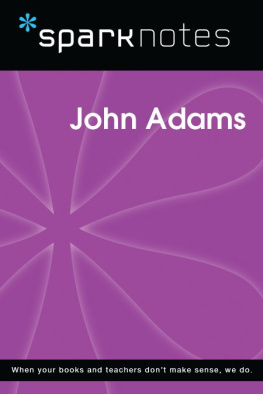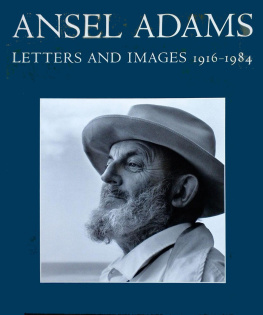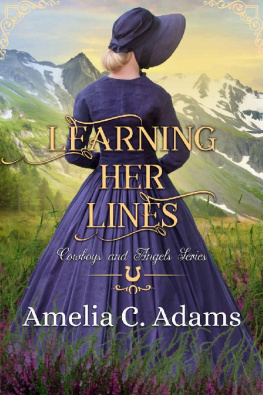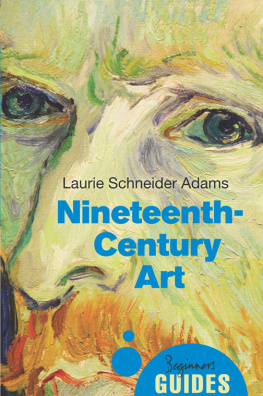Anyone working in the area of Henry Adams scholarship must, first and foremost, acknowledge his indebtedness to the pioneering work of Ernest Samuels as Adams long-standing biographer, editor, and annotator. Mont Saint Michel and Chartres is encyclopedic in its range of references, and I am personally grateful to the following people for assistance in preparing this particular edition. Diane Legomsky and William Harris of the Department of Classics at Middlebury College collaborated with me on the translations from medieval and classical Latin; Nancy OConnor of the Department of French at Middlebury College provided translations from medieval French and answered many questions about modern French passages; Giuseppe Faustini of the Department of Italian at Skidmore College translated the three passages of Italian in the text. Christopher Wilson of the Department of Art at Middlebury College spent several hours discussing architecture and possible illustrations for the volume with me, and I embrace the opportunity to thank him publicly for his time and extreme kindness. Whitney Stoddard, Professor of Art emeritus of Williams College, generously assisted me in locating suitable illustrations, which were provided by Sandak, Inc., of Stamford, Connecticut.
Introduction
If you please to plant yourself on the side of Fate, and say, Fate is all; then we say, a part of Fate is the freedom of man. Forever wells up the impulse of choosing and acting in the soul. Intellect annuls Fate. So far as a man thinks, he is free. And though nothing is more disgusting than the crowing about liberty by slaves, as most men are, [yet our] sound relation to these facts is to use and command, not to cringe to them.... Every solid in the universe is ready to become fluid on the approach of the mind, and the power to flux it is the measure of the mind. If the wall remain adamant, it accuses the want of thought. To a subtle force it will stream into new forms, expressive of the character of the mind.
Ralph Waldo Emerson
Preceding the title page of the first edition of Mont Saint Michel and Chartres, Henry Adams placed the heading TRAVELS FRANCE. The reader coming to the book for the first time was thus led to expect some sort of tour guide or travelogue, perhaps the narration of an actual trek across northern France that began at the Romanesque monastery of Mont Saint Michel on the Norman coast and moved inland to the Gothic cathedral of Chartres. There were hundreds upon hundreds of such travel books published in England and America during the late nineteenth and early twentieth centuries. Almost without exception, their styles and contents were as wearying and pedestrian as their ambulatory approaches to art and architecture. But it would be hard to imagine a more misleading description of Adams book than to call it a tour guide. If Mont Saint Michel and Chartres is a tour guide, it is one only in the sense in which Thoreaus Walden, Melvilles Typee, Hawthornes The Custom-House, or Whitmans Crossing Brooklyn Ferry might be said to be. Mont Saint Michel and Chartres is the record, not of a literal journey across the Atlantic Ocean and France, but of a meditative one across strange seas of thought and feeling. It is the narration of a voyage of the imagination across interior landscapes. Like Thoreau, Melville, Hawthorne, and Whitman, Adams is interested in testing the conditions in which certain free movements, not of the body, but of the individual imagination are still possible in what, in his final chapter, he ends up calling the prison of space and time and actual human society.
In short, the movements that matter in the pages of Mont Saint Michel and Chartres are less physical, geographical, and social than movements of mind and consciousness. That is why even to accompany Adams on this meditative journey, the reader is asked to disencumber himself of his ordinary physical and social identity. He must allow himself to be disembodied, and to be remade and rechristened imaginatively by Adams. On the first page of his Preface, Adams twists the verse Who reads me, when I am ashes, / Is my son in wishes (which he says he is appropriating from an old Elizabethan play or poem, but which, as far as I can tell, he is simply making up) in order to baptize us, his readers, as his new nieces in wish. The point is that, in order to go on this journey at all, our selves must become fluid and mobile. We must make ourselves available to imaginative deformation and transformation. We must enter into a specially responsive relationship both to Adams and to the persons and events we will subsequently encounter, with a responsiveness and intimacy that cannot occur in the ordinary social world, the world outside of literature or our consciousnesses.
In the realm of the imagination, movements are possible that would be inconceivable in the actual physical world. On the second page of the Preface we, as uncle and niece, are already crossing the Atlantic to spend the summer in France. But abrupt as that movement is, it is nothing compared to the dizzying rapidity of the subsequent movements in the book, in which, for example, by the fourth or fifth page of the first chapter, we and our new uncle have already dropped, together, body and soul, into the eleventh century. Adams fairly revels in the fact that, as we are his nieces in wish, his prose can wish us and himself anywhere he pleases, with greater speed and mobility than the fleetest Atlantic steamer, first propelling us back into an eleventh-century granite quarry, and then even more rapidly whirling us back into our own century in the space between the paragraphs:


